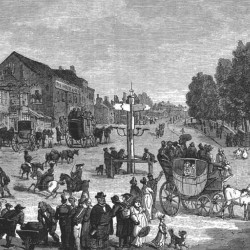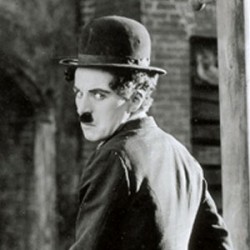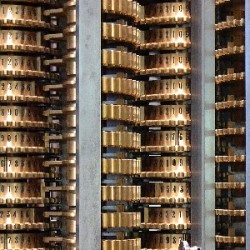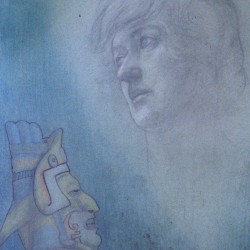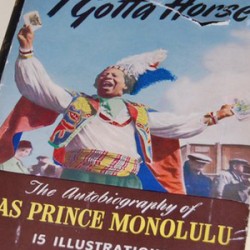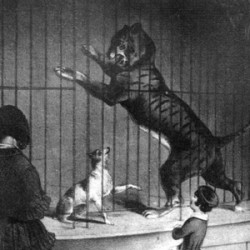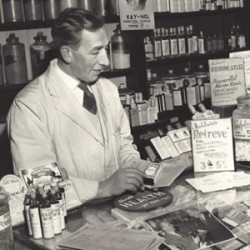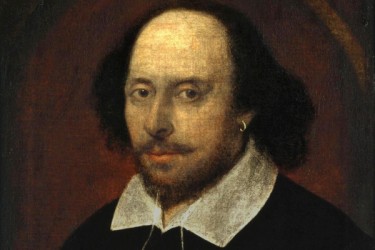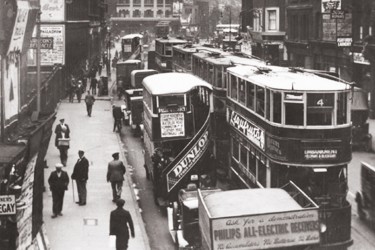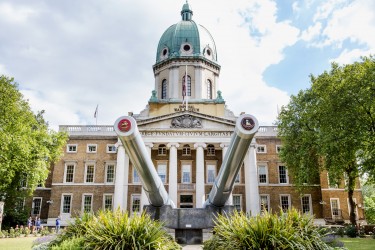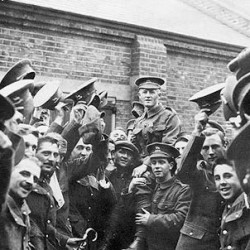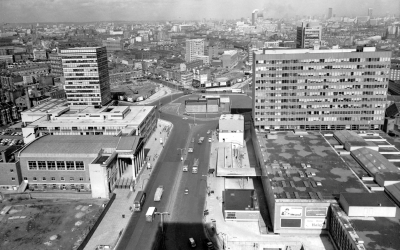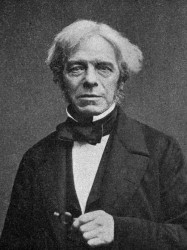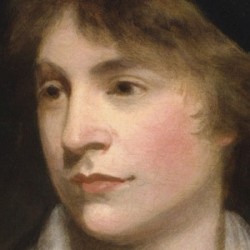You probably know something of the periodic table from school. It lists all the elements, arranged by atomic number. But did you know that it has its roots in SE11?
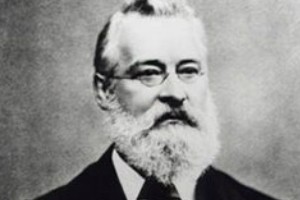
The first person to devise a table of chemical elements, arranged in order of their relative atomic mass, was local chemist John Newlands. Born in Elephant and Castle, Newlands is one of the three, great nineteenth century scientists associated with our neighbourhood. Less celebrated than his contemporaries, Michael Faraday and Charles Babbage, Newlands was nonetheless an important figure in British science.
John Alexander Reina Newlands came into the world just four months after Queen Victoria took to the throne. He was born on 26 November 1837, in West Square, just behind the Bethlem Hospital, which now houses the Imperial War Museum.
In his early years, John was home-schooled, mostly by his father, the Presbyterian minister, Rev William Newlands. At the age of 19, he joined the Royal College of Chemistry – the first constituent college of Imperial College London – to study under August von Hofmann, a German chemist who discovered formaldehyde and helped found the synthetic dye industry. He later moved to the Royal Agricultural Society.
In 1860, Newlands, who was a passionate supporter of various Victorian social reforms, put his chemistry career on hold and turned his attention to Italy. He joined some 800 volunteers to fight alongside Giuseppe Garibaldi’s Redshirts in their bid to unify the country. Returning in 1862, he married Jane Rickings and went on to have a son and daughter.
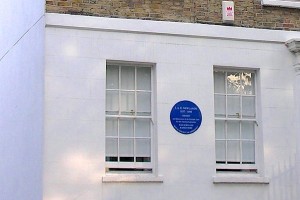
In his early career, Newlands worked as a self-employed analytical chemist, before becoming chief chemist for James Duncan’s pioneering Clyde Wharf sugar refinery in Silvertown. Newlands and Duncan (a skilled chemist in his own right, who had created a new process to refine sugar) patented a number of improvements to the sugar refining process and, in 1888, Newlands collaborated with his younger brother, Benjamin, on a manual for sugar planters and refiners, based on this work.
Newlands was active in teaching as well as research. He held posts at St Saviour’s Grammar School, the School of Medicine for Women and the City of London College. Perhaps it was this dual role – an analyst of the properties of chemicals as well as an explainer of those properties – that first interested him in classifying the chemical elements.
Newlands knew that other researchers had grouped elements into ‘families’ and he noticed that the atomic weights of members of families were often related. In a series of papers in the mid 1860s, he developed his ideas further. He arranged the known elements in order of increasing atomic weight, and found that elements with similar properties occurred at regular intervals.
born in West Square, just behind the Bethlem Hospital
He divided the elements into seven groups of eight, in what he later called the ‘law of octaves’. He acknowledged his table was incomplete, and allowed for the possibility that undiscovered elements existed. This included elements identified later, such as germanium, which he himself had predicted.
Unfortunately, Newlands’ tables contained errors and anomalies. Notably, he rearranged some orders to make the ‘octaves’ more obvious. For many years, this led the academic establishment to overlook the significance of his achievement and neither the Society of Chemists nor the Royal Society would publish his work.
However, by the end of the 1860s, Dmitri Mendeleyev’s and Lother Meyer’s (more accurate) work on arranging the elements had appeared in the UK. This prompted Newlands to push for greater recognition. His efforts finally paid off when the Royal Society awarded him the Davy Medal for outstandingly important research in chemistry in 1887.
